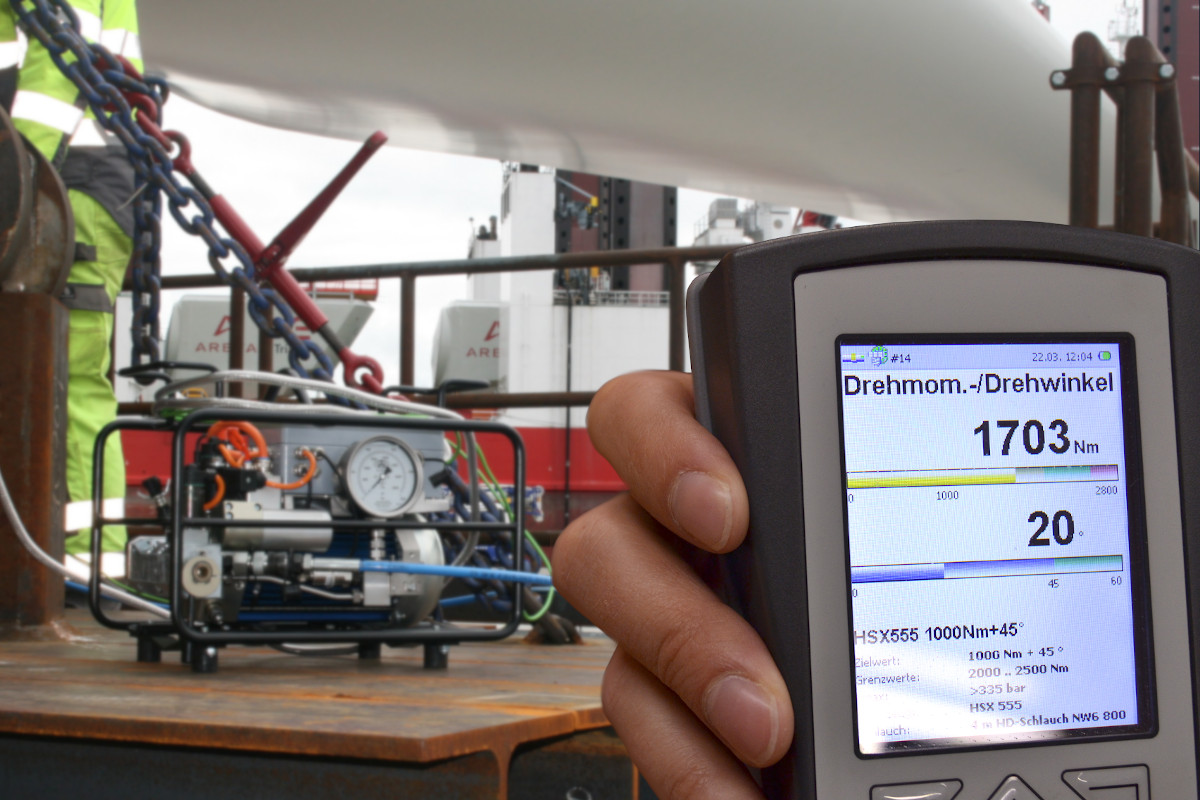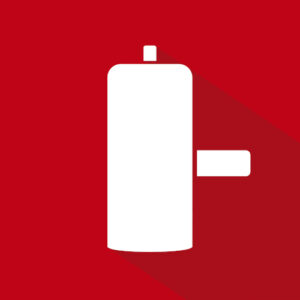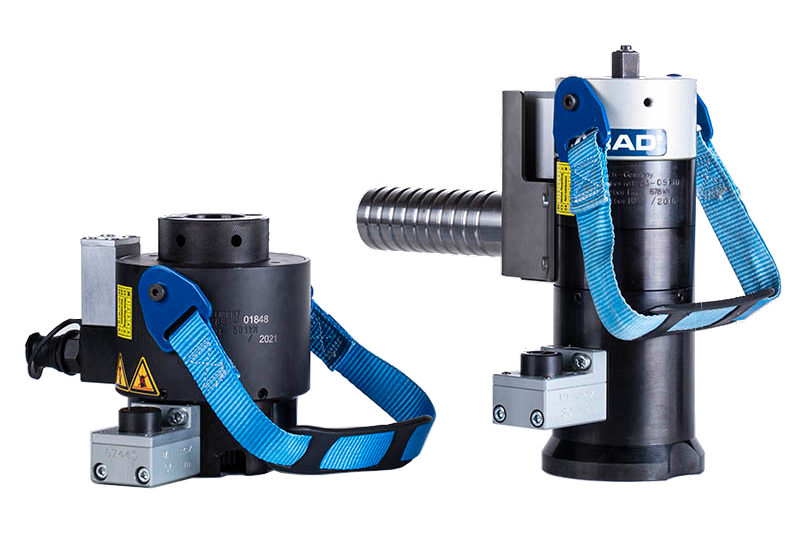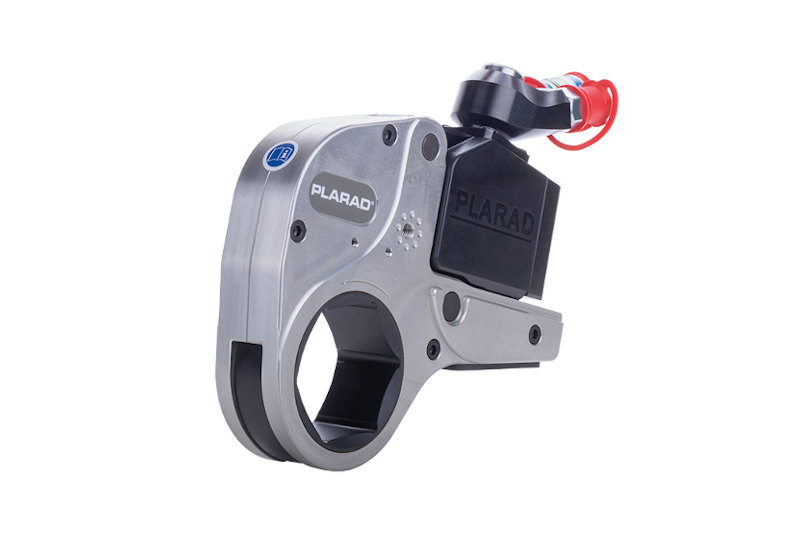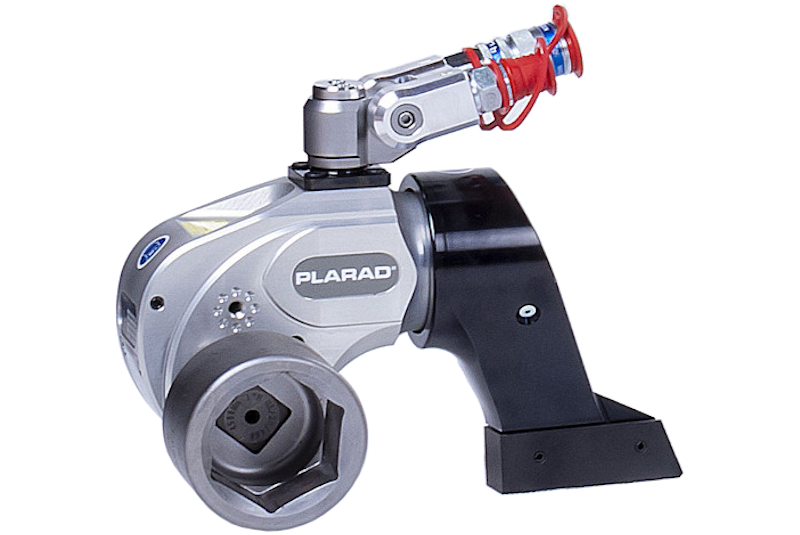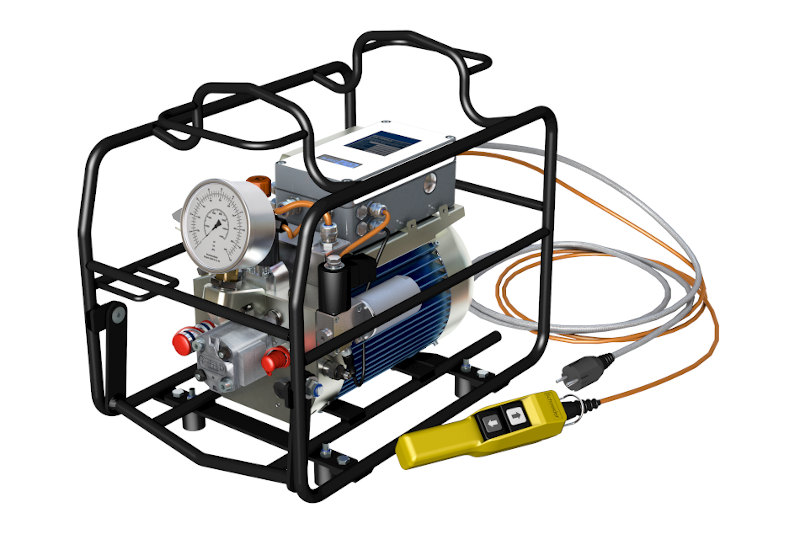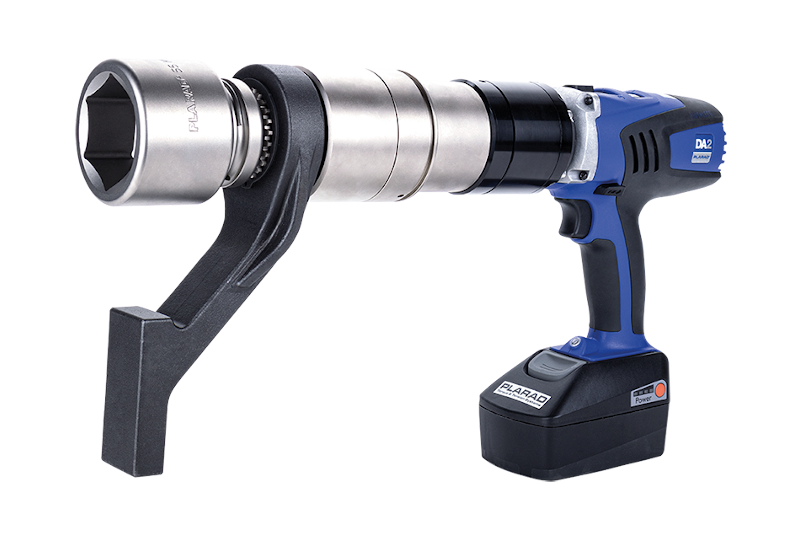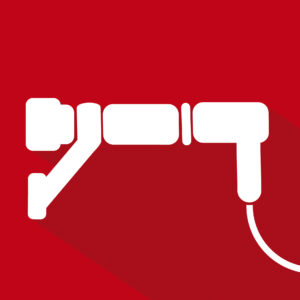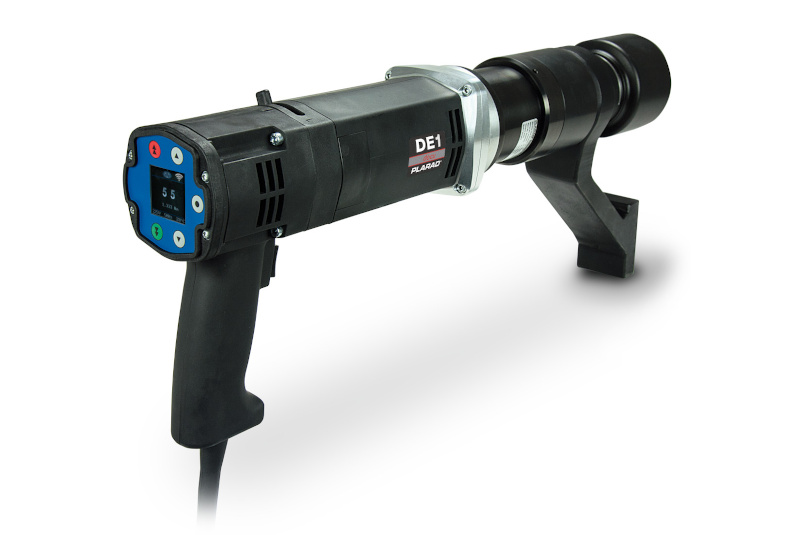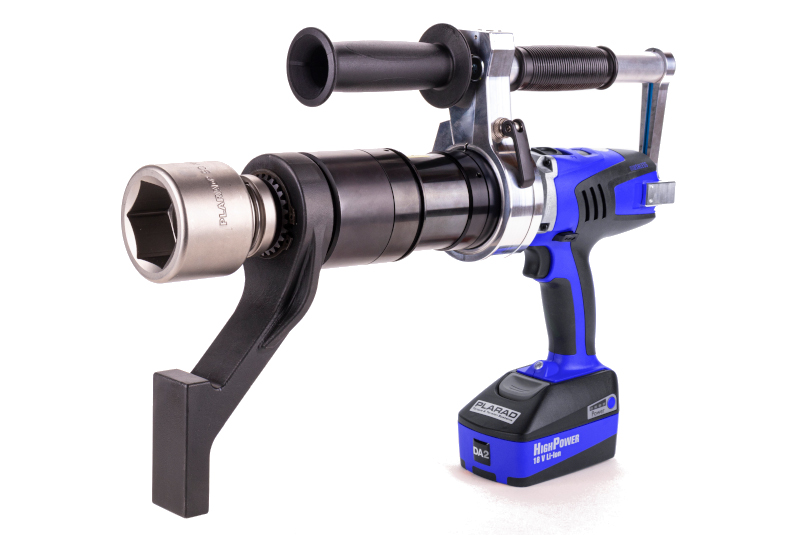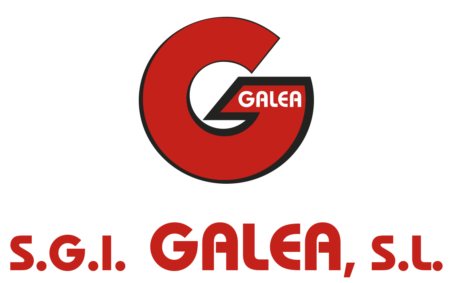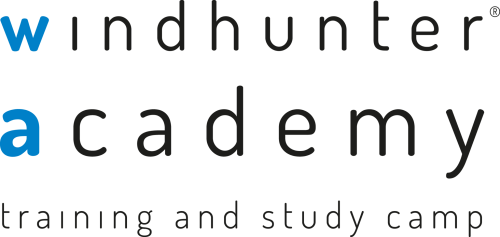
Our tools can be used for all bolting tasks in production, assembly, repowering and service: onshore and offshore according to manufacturer specifications. We assemble specific tool sets for your various bolting tasks for all types of wind turbines and develop task-specific assembly aids.
Your advantages at a glance:
- Tower, hub, nacelle and rotor blade bolting systems
- Easy and fast work even in hard-to-reach places
- Automatic quality documentation
- High work safety due to special solutions
- Manufacturer-specific assembly aids
- Can be combined with external measuring devices
- Devices for the torque-angle method
Our solutions for the wind energy
Manufacturers and service companies of wind turbines worldwide rely on PLARAD’s comprehensive system solutions. Whether production, assembly or maintenance – our bolting tools are reliable, easy to use and guarantee the safety of your employees. From the rotor blades, to the hub, to the foundation – our hydraulic and electric tensioning and bolting tools are versatile. Thanks to our smart hydraulic units, you gain additional added value – you can seamlessly record your bolting data and thus make your processes even more efficient.
Your advantages
- Two-hand operation prevents intrusion into the hazardous area
- Safety Start Trigger (SST): unit stops automatically when one of the two triggers is deactivated
- 360° rotatable joint for recoilless operation and flexible positioning on the screwdriving case
- Torque range up to 8,000Nm
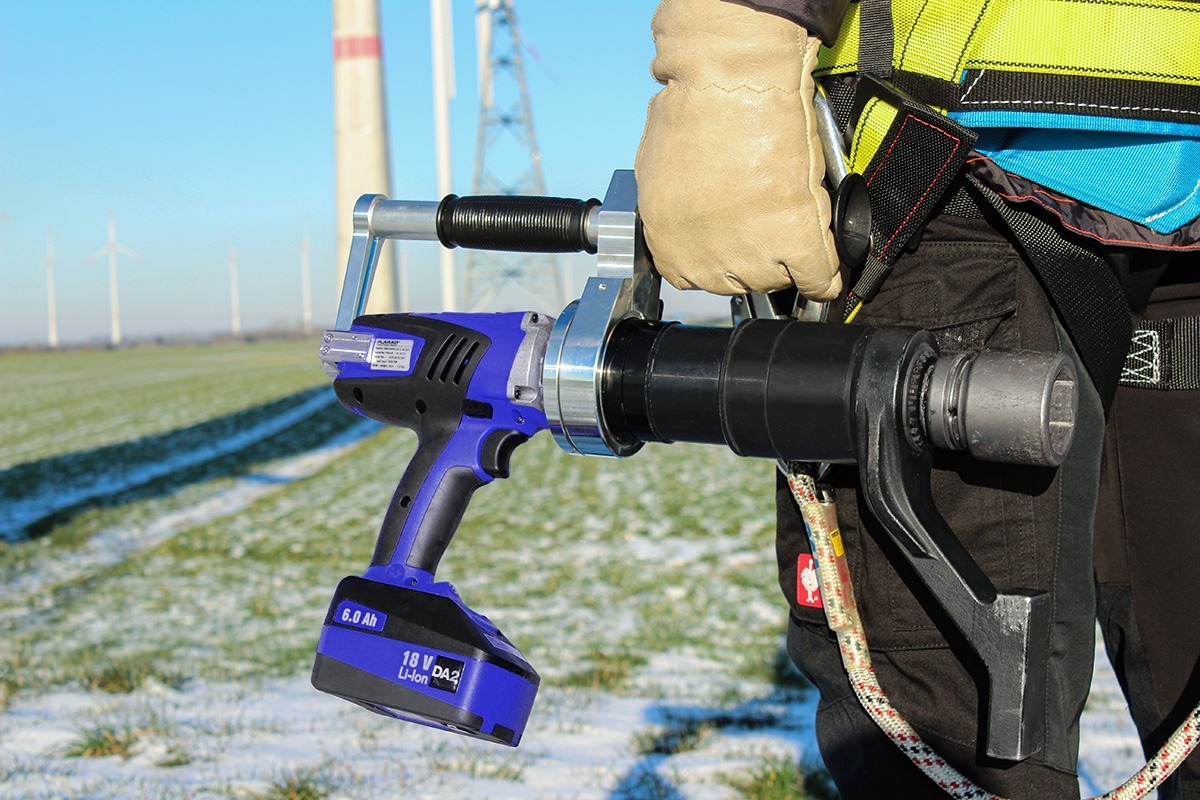
Your advantages
- Storage of 10,000 bolting cases
- Wireless transmission via WLAN module
- Torque/angle mode
- Torque test mode
- The light weight and the well-engineered ergonomic
profile enable good handling
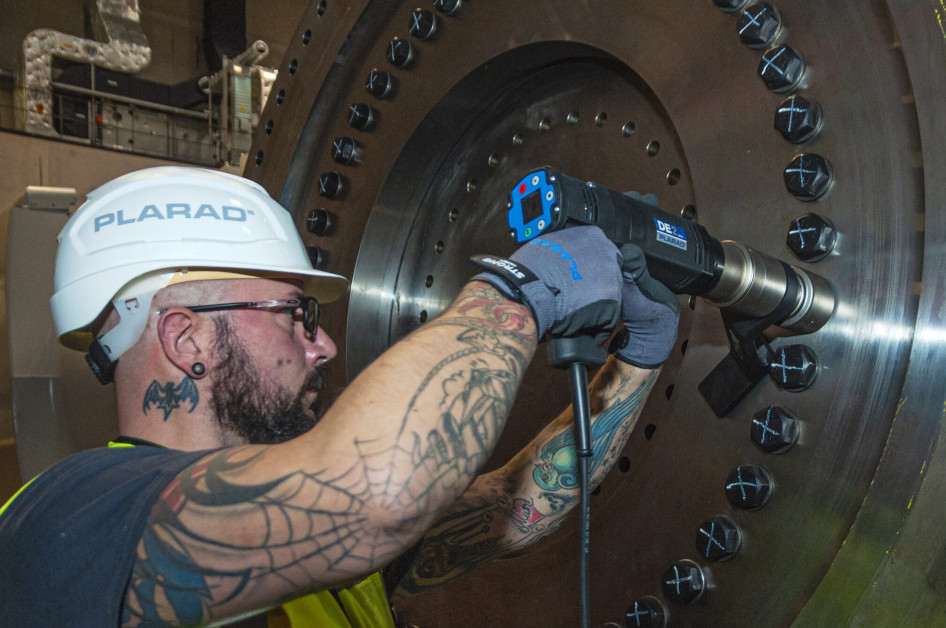
Your advantages
- The automatic pump controls and terminates the tightening process fully automatically, even in the case of multiple tightening operations, and displays this on the remote control unit
- With the Plarad units, all tightening torques and further tightening angles performed are stored in the operating unit
